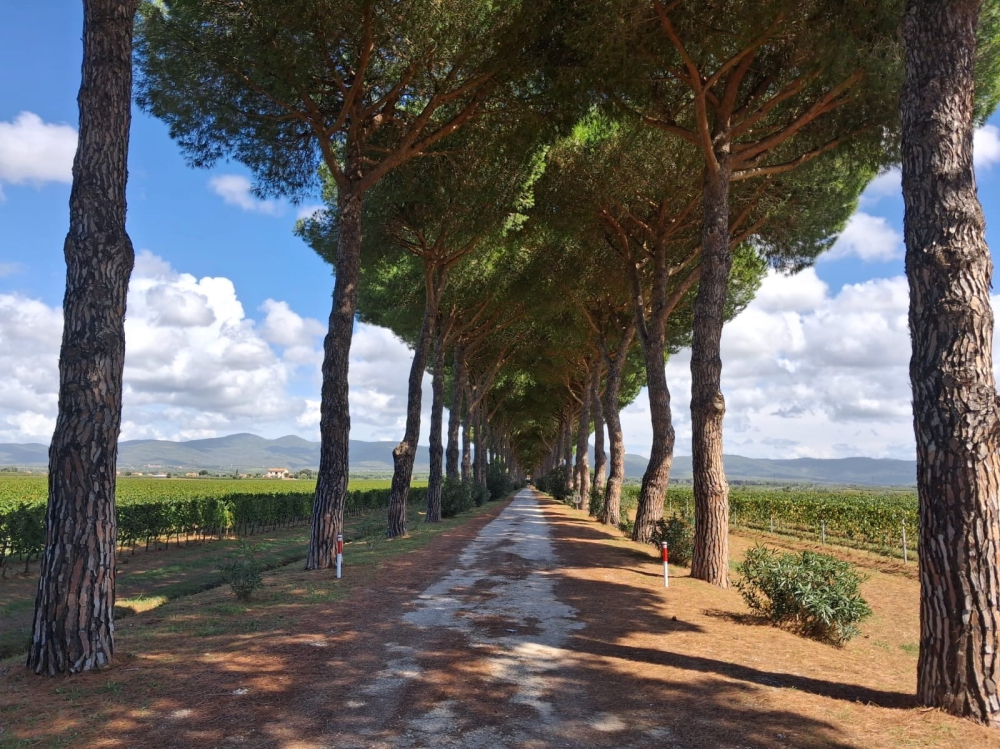- HOME >
- NEWS >
- Cultivation 06-09-2025
Pines, still the best

However, in recent times, safety issues have cast doubts about their use. This year, an event made headlines in all Italian newspapers: on August 24th, in Milano Marittima, on the Romagna coast, a severe storm knocked down around 1,000 trees, 250 of which were in the urban area.
The Riviera around Rimini is one of Italy's most important tourist resorts, appreciated not only by Italians but also by foreign visitors, especially from Northern Europe, loyal customers who are often back every year. Reasons for its success are miles of flat beaches, reasonable prices for hotels, restaurants, and campsites (at least compared to other Italian resorts), a very lively nightlife, but also a beautiful, relaxing landscape, to which the plants give a great contribution. Usually, the weather is quite nice, but the events that occurred almost at the end of the tourist season caused an early close of the season.
Luckily, there were no casualties, as the storm hit the coast during the night, but nowadays, – when adverse weather events occur – the non-professional journalists talk about ‘killer trees’; in this case, cars and many buildings were particularly involved. The accusations made by this kind of press refer to plants with root systems that are not well anchored to the ground (meanwhile, pine trees have taproots, usually well anchored to the ground), crowns that have a ‘sail effect’ in the wind, and a state of neglect, due to a lack of pruning and maintenance by local authorities. However, professionals in the sector have pointed out that pine trees are often planted in urban environments without adequate space available, with ‘savage’ parking compacting the soil above the root system and often with underground works (electrical, water, and telephone systems, etc.) that permanently compromise the underground part of the plants. Plants are also often planted too close to houses and other buildings, and, in the presence of prevailing winds, frequent in coastal areas, they tend to lean. During this event, the wind was blowing at over 120 km/h.
Furthermore, pruning (which is not recommended for plants such as pine trees, that do not have dormant buds that can replace parts of the plant that have been removed) is carried out by unqualified enterprises, chosen solely because of the lowest price.
Arborists have discussed for years whether pine trees could be replaced with other species: from a landscape perspective, this is not the case, and even from a care and maintenance perspective, no other plant would have withstood winds of this magnitude. It has been statistically proven that pine trees do not fall more than other species; they are completely native plants, perfectly integrated into the ecosystem. If anyone or anything is to blame, this is climate change – and therefore humans. The temperature of the Adriatic Sea has risen by almost a tenth of a degree per year since 2003, with records of up to 3-4 °C above the historical average for the period. In recent years, this has led to several extreme events, such as recurrent flooding in the inland areas of the region, with damage to agriculture, especially to fruit trees.
Author: Aldo Colombo

.jpeg)
